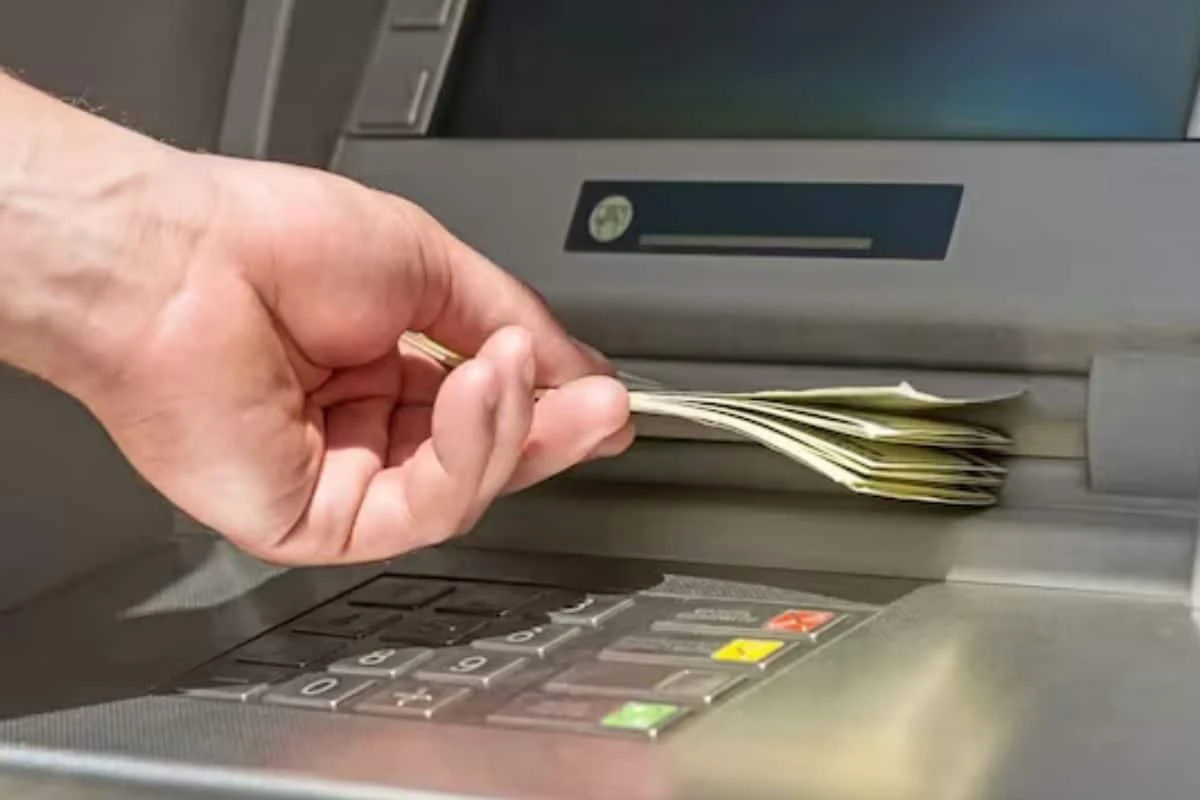Shoulder Surfing:
- Shoulder surfing is a social engineering technique through which personal or private information is obtained through direct observation. It is conducted by observing what someone is doing by looking over their shoulders.
- There are two types of shoulder surfing. The first type of attack is where direct observation is used to obtain access to data. The second type of attack is when the attacker uses a recording device to capture the victim’s keystrokes.
- Shoulder surfing can be used to obtain information such as passwords, ATM PINs, or credit card numbers.
ATM CARD SCAMS:
- ATM card scams are prevalent in many countries, including India. These scams involve various techniques used by criminals to gain unauthorised access to individuals’ ATM cards and withdraw money from their accounts.
- ATM card scams are a growing problem, with fraudsters using a variety of methods to steal money from unsuspecting victims.
- Your ATM card contains a series of numbers and CVV number, which are unique identifier for your bank account. Such information can be used to steal money from your account if it falls into the wrong hands.
- If someone gets your ATM card and PIN, they can use it to withdraw cash from your account or make purchases online. This can leave you with a large financial loss.
- Hence, it’s crucial to protect the stealing of your card as well as PIN. Shoulder surfing is one such scam where scammers observe or record a person’s PIN when they enter it at an ATM.
- Fraudsters may do this by standing close to the individual and looking over their shoulder, using hidden cameras, or installing tiny cameras at the ATM to record PIN entries.
Other common ATM card scams:
Card Skimming:
Here, criminals attach a skimming device to an ATM machine, which captures the card information, including the card number and PIN, when a person uses the ATM. The criminals then use this information to create counterfeit cards or make online transactions.
Card Trapping:
Criminals tamper with an ATM’s card slot to trap the user’s card. When the user leaves the ATM without retrieving their card, the criminal retrieves it later and can use it to withdraw money.
Cash Trapping:
In this scam, criminals place a device inside the cash dispenser slot that holds the cash when it is dispensed. The user assumes the machine is out of cash and leaves, but the criminal retrieves the trapped cash later.
Phishing:
Here, the scammers send fraudulent emails, text messages, or make phone calls pretending to be from a legitimate bank or financial institution. They deceive people into revealing their personal information, including ATM card details, by tricking them into visiting fake websites or sharing sensitive information over the phone.
Precautions to protect yourself from ATM card scams:
- Be vigilant and aware of your surroundings when using an ATM.
- Cover the keypad when entering your PIN to prevent shoulder surfing.
- Check the ATM for any suspicious devices, loose parts, or hidden cameras.
- Avoid using ATMs in isolated or poorly lit areas.
- Use ATMs located inside bank branches, as they are generally more secure.
- Regularly monitor your bank statements and transaction history for any unauthorised activity.
- If your card gets trapped or you suspect any fraudulent activity, immediately inform your bank and block your card.






